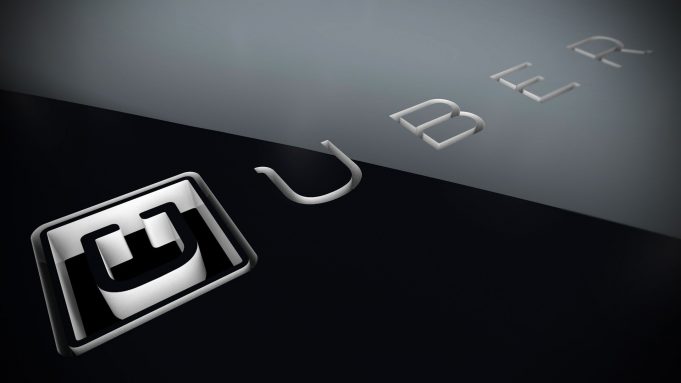Uber Technologies, Inc. is a technology company that enables the users of its mobile applications to arrange and schedule transportation and/or logistics services with independent third party transportation and/or logistics providers of such services. Uber refers to these providers as driver partners and delivery partners respectively. Uber technology platform enables the communication between its customers and partners in all the transactions. Uber charges the customers for the services provided by its partners, keeps its commission, and then pays the rest of the amount to its partners. Uber does not itself function as a transportation carrier or logistics services provider.
Uber was founded seven years ago in March 2009 in San Francisco, California, USA. As of March 2016, Uber serves 194 cities in North America. This is nearly half of the total 395 cities globally where Uber services are available. Uber started expanding internationally in 2012. Now, Uber is available in 201 cities outside the U.S. in over 60 countries. This includes 26 cities in Central and South America, 70 in Europe, 20 in Middle East Africa, 73 in Asia, and 12 in Australia and New Zealand. Uber global expansion has been very aggressive. On an average, Uber has expanded into four new cities every month, during the last 50 months, since 2012. Uber now has over a million driver partners and is adding hundreds of thousands of drivers every month around the world. Uber started the delivery business in April 2014 and is now expanding its delivery business as well.
In this post, we will first discuss the Uber transportation business model. Then, we will talk about the Uber delivery business model.
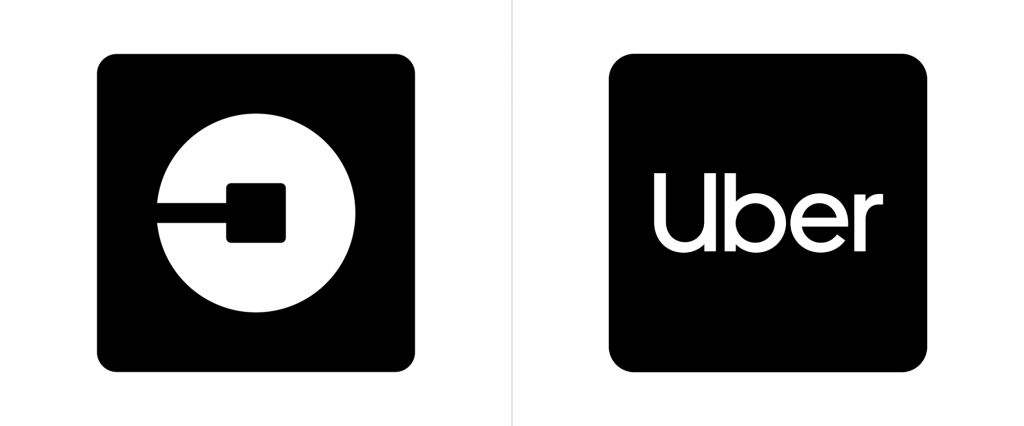
Key Elements Of Uber Transportation Business Model
Uber Offerings For Riders
Uber business model is a perfect example of a multi-sided platform that connects two different types of users: Riders and Drivers. Uber offers mobile app to the riders to help them request the rides. The driver-side version of Uber mobile app helps the drivers know about the different ride requests and enables them to confirm their availability to deliver the ride.
Uber offers several types of cars to the riders. They can be broadly organized into three segments: Economy, Mid-tier, and Premium. The different car categories in the different segments are listed below. Please note that this is not an exhaustive list of categories. Also, all the categories are not available in all the cities. The car options available in different categories varies from city to city. The fare information for all the categories in a city is available at uber.com/cities
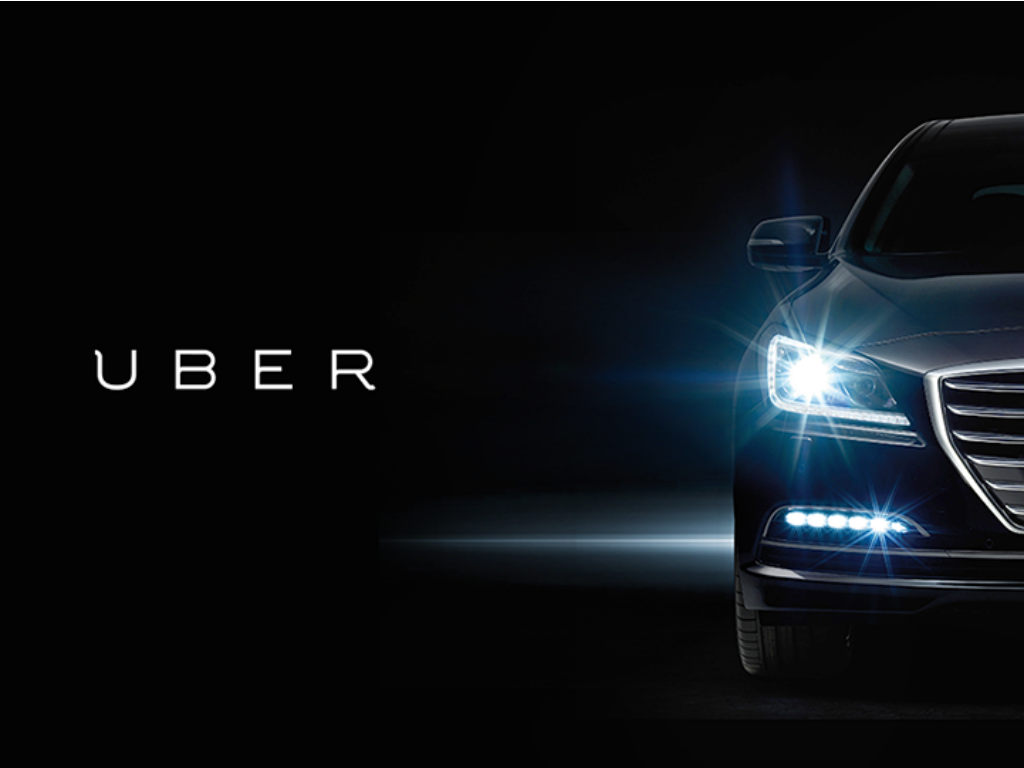
Economy segment:
- UberX. An UberX is an everyday sedan. An UberX can seat 4 riders.
- UberXL. UberXL vehicles are larger in size then UberX. An UberXL can seat 6 people. An UberXL will be a SUV or a minivan. Its fare price is higher than UberX.
Mid-tier segment:
- UberSELECT. UberSELECT are premium cars. The vehicle standards are higher for UberSELECT. This option is for riders looking for an affordable luxury experience. An UberSELECT can seat 4 riders. Its fare price is higher than the cars in the economy segment.
Premium segment:
- UberBLACK. An UberBLACK is Uber’s executive luxury car. Riders choose UberBLACK for a private-driver experience and expect pickup in a high-end sedan within minutes. Its fare price is higher than the cars in economy or mid-tier segments.
- UberSUV. An UberSUV is a high-end SUV. Its fare price is higher than UberBLACK.
- UberLUX. An UberLUX is a luxury car that provides ultimate luxury and style. Its fare price is higher than UberBLACK and UberSUV.
The following table lists the actual fare price for different vehicle categories in Los Angles. It shows how the fare for one category of cars compares to the other. For a 10-mile ride, an UberLUX is nearly eight-times more expensive than UberX.

Uber provides the riders with a licensed taxi cab through UberTAXI. The riders can use Uber to request the taxi and then pay for it at standard taxi meter rates.
In August 2014, Uber announced a carpool service known as UberPOOL. It lets an Uber rider share the ride and split the cost with another Uber rider headed in the same direction.
With Uber For Business, Uber provides a travel management platform to businesses. It enables businesses to provide transportation facility to their employees. It offers several benefits to the businesses such as centralized billing, ability to easily add/remove employees who can avail the facility, ability to define days and time of the day when the services can be availed, and eliminate the need to reimburse the employees travel receipts. The cabs are available at regular Uber rates. Uber does not offer corporate discounts or charges additional fees for the use of the platform.
How Uber Works And How Uber Makes Money In The Transportation Business?
Before using the Uber platform, the riders need to download and install the mobile app and provide the requested details (including the credit card details) during the sign-up process. To come on-board, the drivers need to go through a screening process that includes a review of their license and vehicle documentation and a background check. The drivers should own a vehicle from eligible vehicles list. If the drivers meet the Uber requirements, the drivers are registered into the Uber platform. Then, drivers share their bank account information where they will receive payments. Drivers go through a training on delivering high quality services. Finally, they install driver-version of the Uber mobile app to accept requests from the riders.
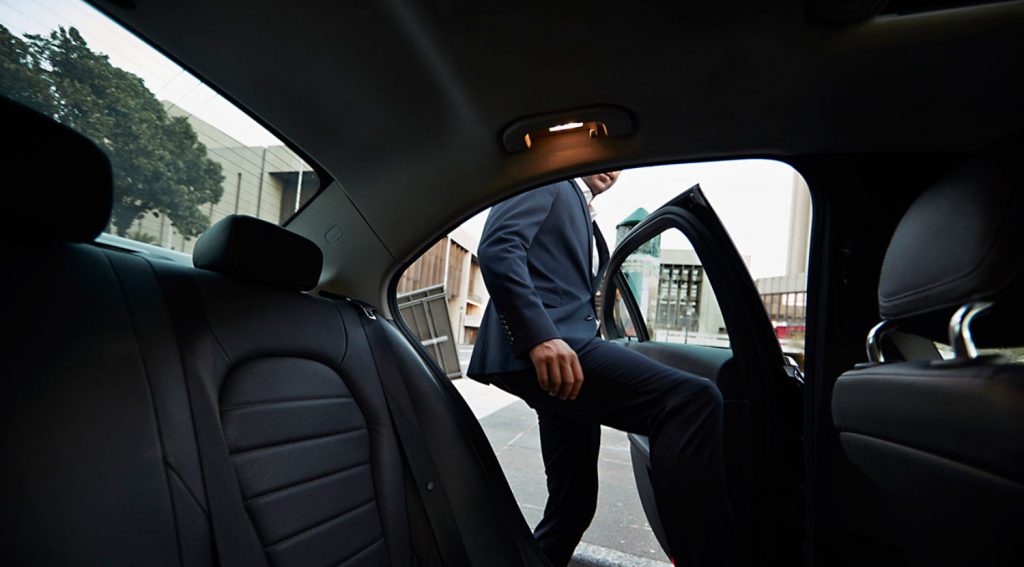
Once both driver and rider are registered with the Uber platform, they can communicate. Here are the steps on how Uber works and how the money flows.
- Driver and Rider need to come on-board first to use the Uber platform.
- When the rider needs a ride, the rider places a request to the Uber platform via the mobile app.
- Uber broadcasts the information about the rider request to all the drivers in proximity to the rider. Uber detects the drivers car location through the GPS technology.
- If a driver is interested in delivering the ride, the driver accepts the request.
- Uber sends the driver details to the rider.
- Driver proceeds towards the rider location, picks up the rider, and delivers the ride.
- Once the ride is complete, Uber automatically charges the rider’s credit card.
- Uber asks rider to rate the driver. At the same time, the driver can rate the rider.
- Uber pays the driver on a weekly basis. Uber keep its commission and pays the rest of the fare to the driver. Generally, Uber commission is 20% of the fare. However, it can be little more or less as well depending upon the city, the competition in that city, or the tenure of the driver with Uber.
Uber Benefits For Riders and Drivers
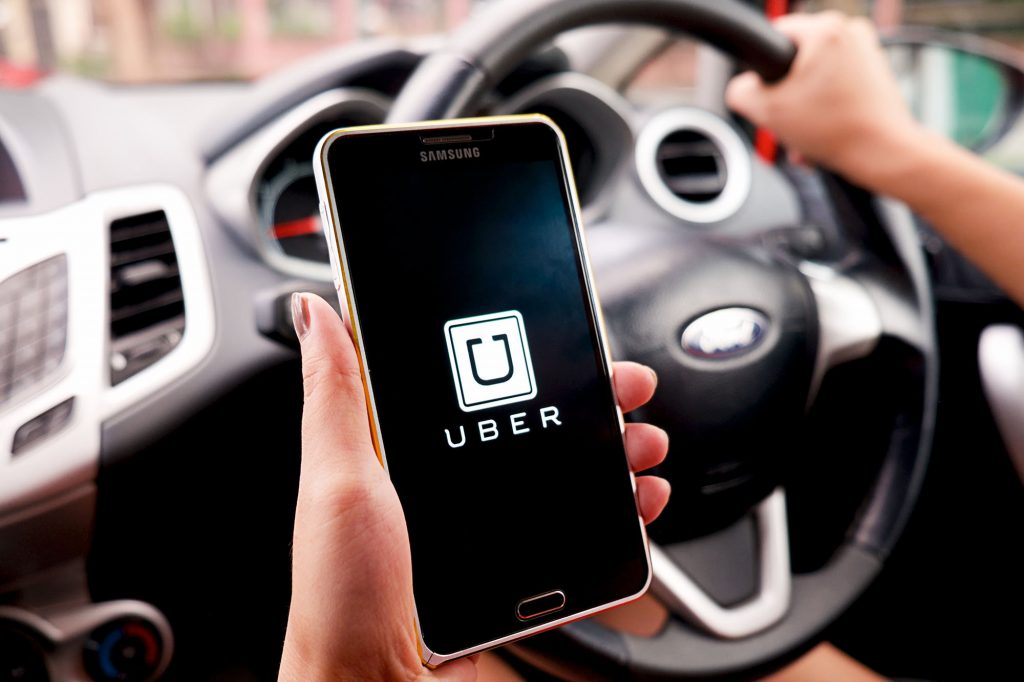
Uber offers the following benefits to the riders:
- Simplicity and convenience. The riders can easily book a ride using the Uber mobile app. The driver comes to the pick-up location and the rider can track the approaching driver over the map on the mobile app.
- Safe pickups. When matched with a driver, a rider can see the driver’s name, license plate number, driver’s photo, and driver’s rating score. This helps the riders know who will be coming to pick them up.
- Several car options. The riders can choose from several car categories depending upon their budget. Some of the categories are: uberX, UberXL, UberSELECT, and UberBLACK. In some categories, the fare is even lesser than the normal taxi fare.
- Cashless payments. The rider’s credit card is charged at the end of the journey and the bill is sent via email.
- Anonymous feedback. After every trip, a rider can rate the driver and provide anonymous feedback about the ride.
- Consistent and professional experience. The Uber experience is consistent across the globe. Uber encourages drivers to provide high quality of services in order to receive higher ratings from the riders.
Uber offers the following benefits to the drivers:
- Flexible timings. Uber drivers can work when they want to work and how much they want to work.
- Incentives. If Uber drivers work for certain number of hours a week or complete certain number of rides, then they can get assured income or bonuses. Uber also provides referral bonuses to them when they introduce new drivers.
- Distance+Time based fare formula. If the traffic slows, the drivers get extra money for the ride because Uber uses both distance and time in the fare calculation formula.
- Make more money with surge pricing. In the situations of high demand and low supply (such as during weekend nights or bad weather), Uber automatically increases the fares. This helps drivers make more money for the same distance.
- Cashless transactions. Uber automatically charges rider’s credit card upon the completion of the trip. So, Uber drivers in most cities can avoid the hassle of carrying cash and making change.
- Timely payments. Uber makes payments to the drivers every week directly into the driver’s bank account.
- Driver feedback. Uber provides a two-way rating system. Drivers can also rate the riders after every trip. Riders who violate Uber terms of service can be prevented from using Uber.
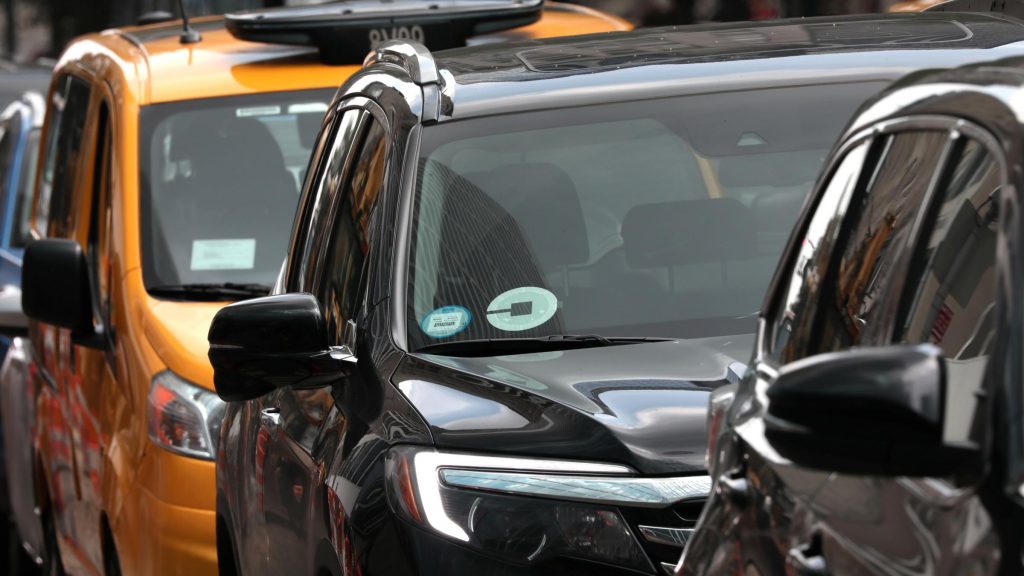
Key Elements Of Uber Delivery Business Model
Uber Offerings For Businesses
After witnessing huge success in the transportation business, Uber started the delivery business and is expanding it now. In the delivery business, Uber offers UberRUSH and UberEATS.
UberRUSH. UberRUSH is a door-to-door delivery service that allows businesses to fulfill their local deliveries. When a business requests a delivery, Uber connects it with a Uber delivery partner. The delivery partner drives or rides to the business location, picks up the item, and delivers it to the customer. Businesses can track the location of their deliveries in real-time with UberRUSH. With UberRUSH API (Application Programming Interface), businesses can build on-demand delivery right into their existing IT applications and infrastructure.
UberEATS. UberEATS is a food delivery service powered by the Uber app. It delivers meals to the customers from their favorite local restaurants. To place an order, the customers can use the same Uber app that they use to get the ride. UberEATS option is visible on the Uber mobile app only if the service is available at the customer’s location. UberEATS promises a delivery time of 10 minutes or less. UberEATS achieves it as follows.
- UberEATS teams up with restaurants in different cities to offer a range of cuisines. The signature dishes of the participating restaurants change daily.
- UberEATS features a rotating menu on its mobile app curated with the dishes from the top restaurants. The daily rotating menu offers few standard options. The meals are not customizable.
- UberEATS delivery partners visit the restaurants and pick up several bags of those meal options. When a customer orders the meal through the Uber app, the delivery partners are able to quickly deliver the item because they already have it with them.
- UberEATS offers curbside pick up option only.
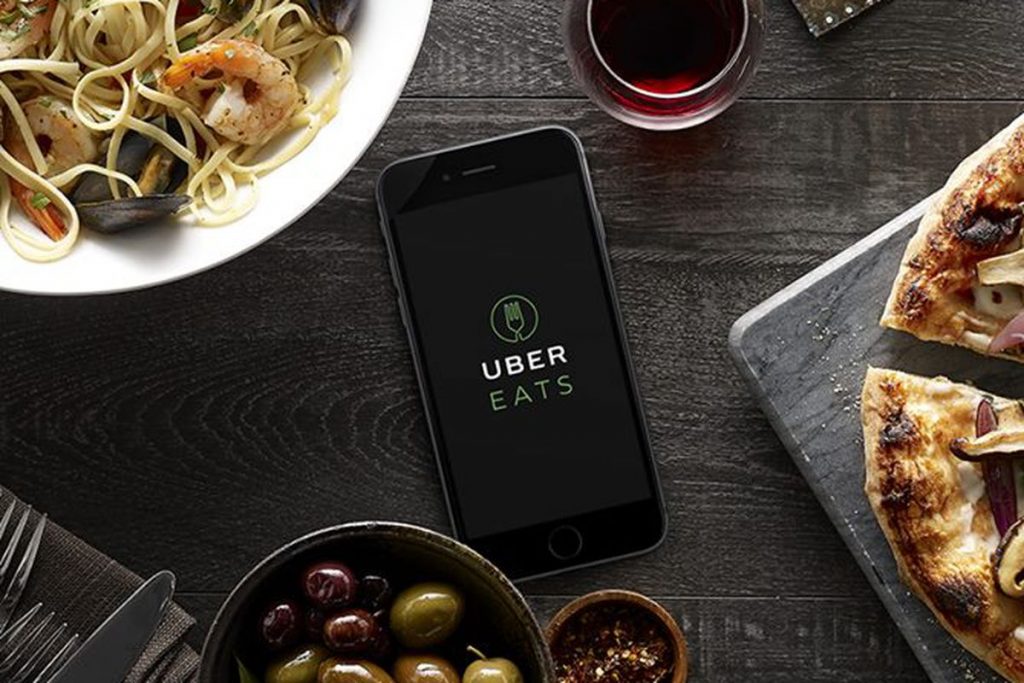
How Uber Works And How Uber Makes Money In The Delivery Business?
Before using the Uber platform to avail delivery services, the businesses need to either download the app to request the deliveries or integrate their IT applications with Uber using UberRUSH API. To come on-board, the delivery partners need to meet the eligibility criterion and install the delivery partner app to receive delivery requests and other information.
Here are the steps on how UberRUSH works and how the money flows.
- The business and the delivery partner need to come on-board first to use the Uber platform.
- The customer orders the product from a local business and pays the price of the product along with delivery charges.
- The business places the delivery pickup request with Uber.
- Uber broadcasts the delivery request to the delivery partners in the proximity of business location.
- A delivery partner who can take the delivery confirms the availability.
- Uber provides the information about the delivery partner to the business.
- The delivery partner visits the business location to pickup the delivery.
- The business provides the package to be delivered to the customer to the delivery partner.
- The delivery partner delivers the package at the drop-off location.
- The delivery partner provides a confirmation of the delivery to Uber.
- The business pays package delivery fees to Uber.
- Uber keeps its commission and pays the rest of the delivery fees to the delivery partner. Uber pays delivery partner on a periodic basis.

Uber Benefits For Businesses And Delivery Partners
Uber offers the following benefits to the local businesses:
- An ability to offer convenience and faster delivery to their customers
- Low delivery costs and zero overhead
- Real-time tracking to know exact location of Uber delivery partners. This visibility helps assure smoother pickups and deliveries.
- Integration of UberRUSH with their existing IT applications and infrastructure
Uber offers following benefits to its delivery partners:
- Flexible timings. Uber delivery partners can work when they want to work and how much they want to work.
- Choice of vehicle. Uber delivery partners can deliver either on a car or on a bike.
- Timely payments. Uber makes payments to the delivery partners every week directly into the driver’s bank account.
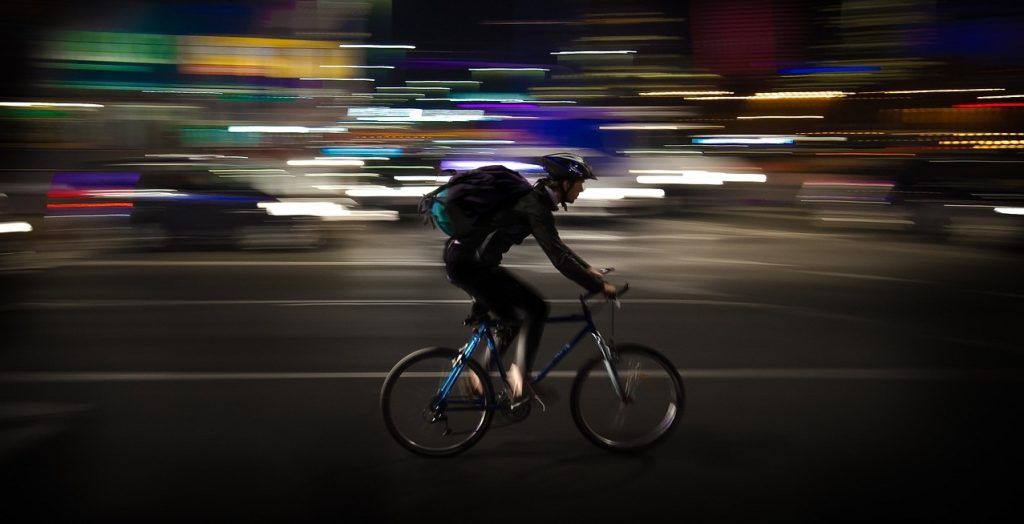
Uber Funding Over Time
Uber is not a public company yet. So, there is no reliable information available on Uber revenues and profits. Uber has been raising funds from VCs and private equity investors to grow the company operations. As per Crunchbase, Uber has raised $10.6 billion so far from 15 funding rounds. Several news sources say Uber current valuation to be over $60 billion, making it the most valuable unicorn in the world.

